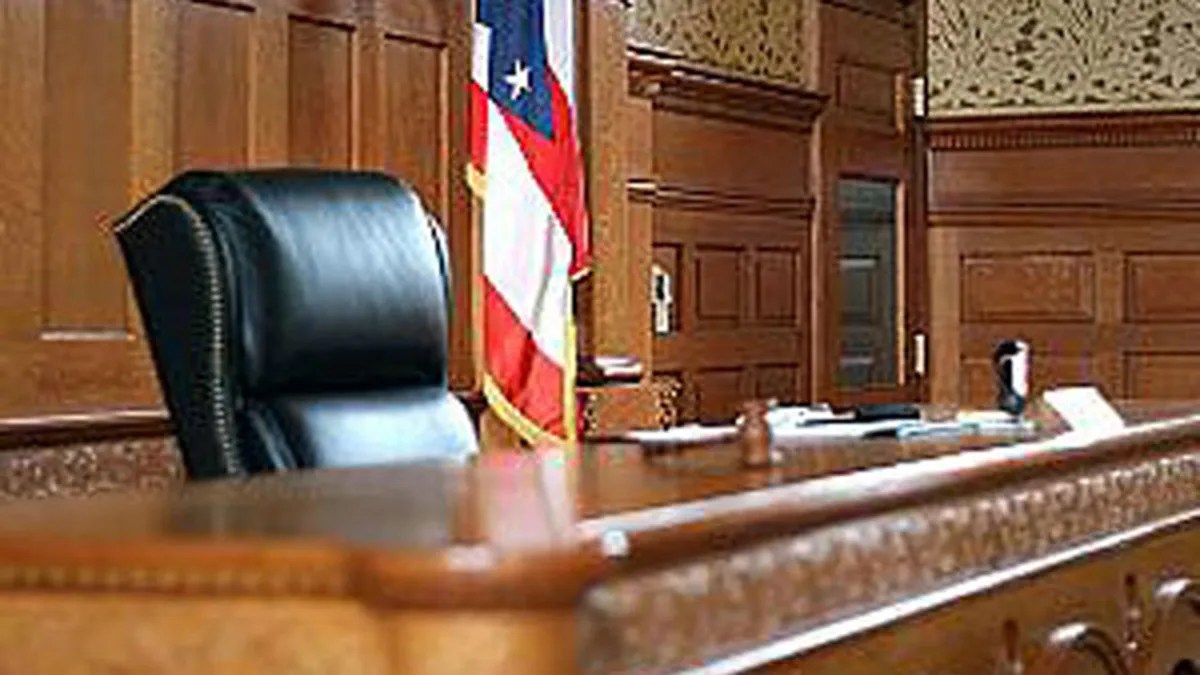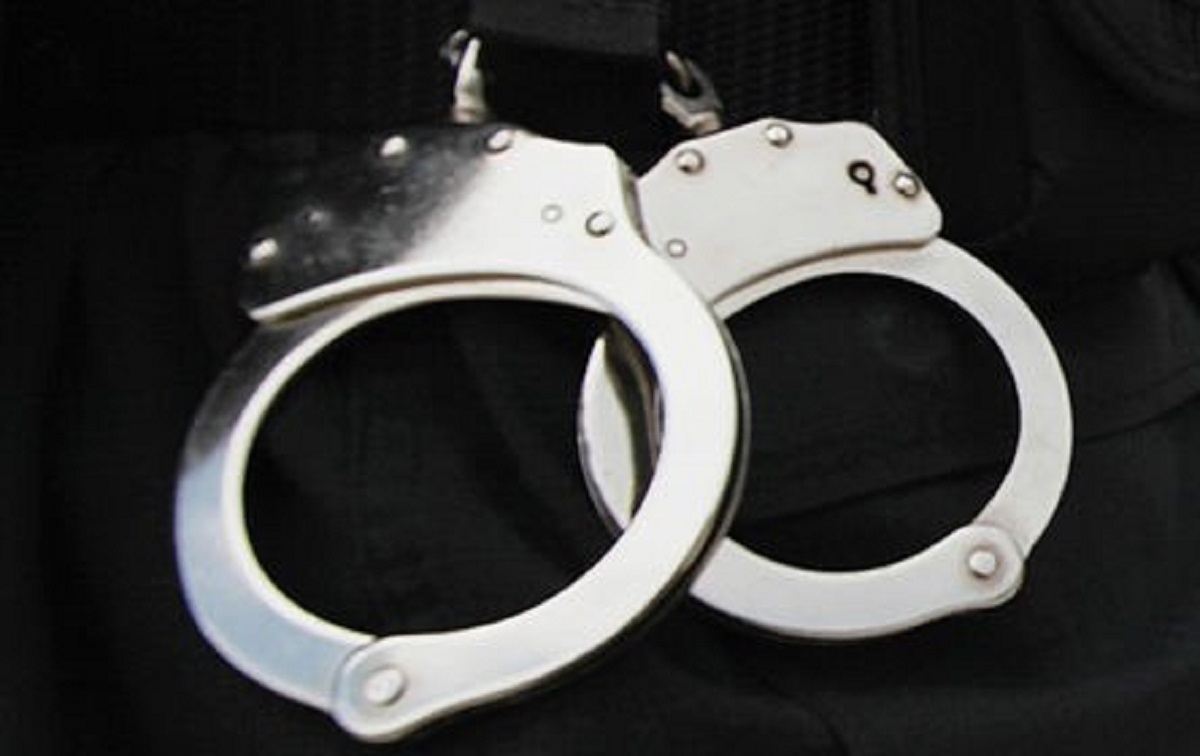It was one of the most dramatic moments of World War II.
On Oct. 20, 1944, Gen. Douglas MacArthur waded ashore on the beach at the island of Leyte in the Philippines, declaring:
“To the people of the Philippines: I have returned. By the grace of Almighty God our forces stand again on Philippine soil – soil consecrated in the blood of our two peoples. We have come, dedicated and committed, to the task of destroying every vestige of enemy control over your daily lives, and of restoring, upon a foundation of indestructible strength, the liberties of your people.”
It marked the beginning of the greatest naval battle in history, the Battle of Leyte Gulf. Somehow, that battle is receding in the memory of many Americans, obscured by the decisive and important engagements of the European war. Yet naval historians know how important it was and what powerful personalities were involved.
I remember it because I was in it. I was an ensign on a small ship, the USS PC 470. And on that fateful October day we were part of the 7th Fleet. Our mission: to help land the troops on the beach. We were anchored about 2,000 yards off the shore.
The memories of that morning feel fresh. There were the big guns of the battleships, spewing out 16-inch shells. And the cruisers and destroyers joined in the bombardment aimed at the Japanese emplacements on the island. The shells from the battleships sounded like subway trains roaring overhead.
On the morning of the invasion, at about 4:30, we were served the traditional Navy meal for a battle day, steak and eggs. For the enlisted men and the officers, that meal was considered a big deal.
Local
I was just 20 years old, and for a young guy brought up on the relatively quiet streets of the Bronx, the greatest shock was seeing the LCIs -- the amphibious vessels built to carry supplies and men -- go into the beaches loaded with young soldiers and come back, 30 minutes later, with the wounded, some of the same men heavily bandaged. The LCIs were launched from the troop ships and they returned to the same vessels with the wounded.
Back in June 1944, when I joined our tiny ship at Pearl Harbor, we got orders to join an invasion of the Japanese-held, mid-Pacific island of Yap but we were diverted while at sea. MacArthur, we know now, persuaded Adm. Chester Nimitz and President Roosevelt to bypass that island and launch an attack on the Philippines.
We spent three months with hundreds of other ships in the British-held island of Manus, near New Guinea, taking on provisions for the invasion of Leyte. Our vessel, which carried depth charges and sonar gear for anti-submarine warfare, was converted to what was called a “control ship.” We took on heavy, clumsy radio gear so we could put our vessel in the service of a high-ranking officer to unload the transport ships when we got to our destination.
We anchored off the beach and a four-striper, a captain, came aboard to direct the ship-to-shore amphibious traffic. That first day was just the beginning of a week-long struggle. The 7th Fleet, under Adm. Thomas Kinkaid, included powerful battleships, cruisers, destroyers and minesweepers and a few of the smallest ships, the PCs, like mine.
I never knew that what was going on was the greatest naval battle in history. I doubt if any of the top commanders knew either. It seems to be the nature of naval warfare that the perspective may come only months or years later.
I remember getting up for the 4 a.m. watch one day and seeing flashes in the sky. I asked the skipper: "What’s that, heat lightning?" And he replied, with some disgust, by thrusting to me a dispatch from the fleet commander to all ships: “Expect bombardment from Japanese fleet.” The captain told me he didn’t know what to do if the Japanese actually broke through. “Maybe I’ll break out small arms and we’ll join the troops on the beach.”
That “heat lightning” I saw were the guns of two fleets. Months later, I would learn that during that morning, we sank 16 Japanese warships and one submarine. We lost 3,000 men; the Japanese, 10,500. Three Japanese battleships, 10 cruisers and one fleet carrier went down. We lost one light carrier and two escort carriers and several lesser ships.
But for blunders on both sides, the outcome could have been different. Adm. Takeo Kurita, who commanded the main Japanese fleet, could have driven his force into the beachhead and wiped out all the ships anchored there, including ours. For unexplained reasons, even to this day, Kurita made a U-turn and returned to the Japanese home islands.
Adm. William “Bull” Halsey, the fiery commander of the Third Fleet, rushed off in the wrong direction, mistakenly following a Japanese decoy force.
Kurita could have destroyed our beachhead but he didn’t. Halsey could have cut off Kurita’s retreat and, perhaps, annihilated his force. But he couldn’t because he was in the wrong place.
Three years earlier, as the Japanese invading force was defeating his army on Bataan, MacArthur had been ordered to leave. He boarded a PT boat and took off for Australia, from which he would launch his military comeback.
The final words of his speech to the Philippine people on that historic October day were: “Rally to me. Let the indomitable spirit of Bataan and Corregidor lead on! ... Let no heart be faint! Let every arm be steeled. The Guidance of Divine God points the way. ..”
Many Filipinos loved MacArthur, and I found out seven years ago when I visited Leyte, they still do. Most of the American people loved MacArthur’s theatrics. They also liked the fiery disposition of Gen. Patton in Europe and Bull Halsey in the Pacific. It was a popular war. We haven’t had one since.



